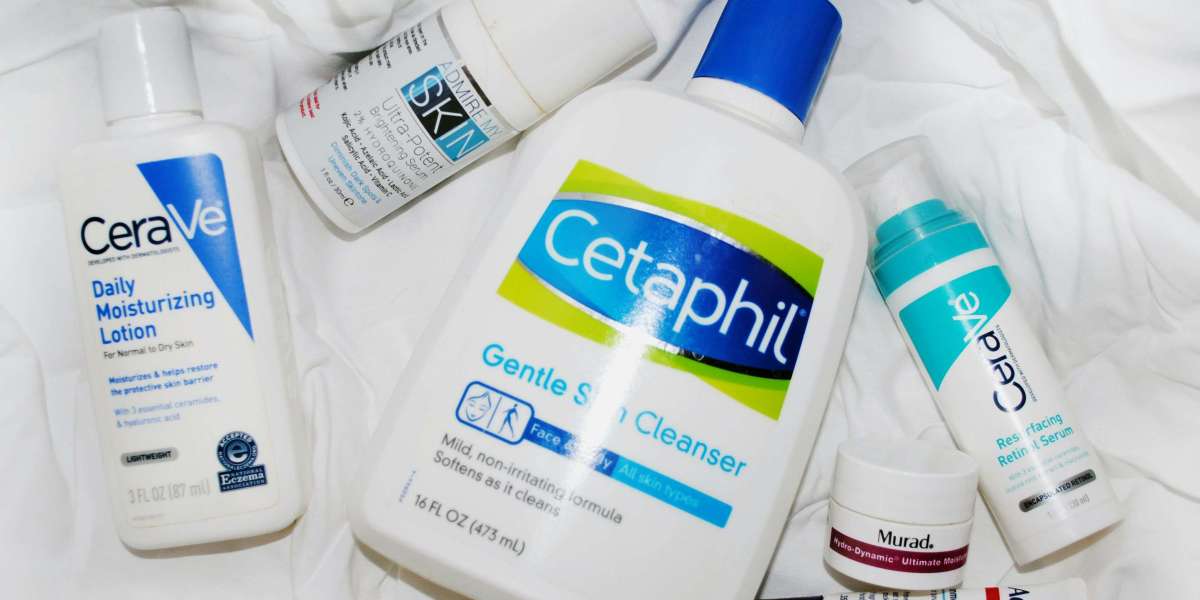Face serums like Loreal, Neutrogena and Ordinary serum, are skincare products designed to deliver active ingredients directly into the skin. They have a lightweight, often gel-like or liquid texture that allows them to penetrate deeply. Serums are typically more concentrated than other skincare products, such as moisturisers, so they can address specific skin concerns effectively.
Here are some common functions and benefits of face serums:
· Hydration: Many serums contain hydrating ingredients like hyaluronic acid, which helps to retain moisture in the skin.
· Anti-Aging: Serums can have ingredients like retinoids or antioxidants (e.g., vitamin C) that help reduce the appearance of fine lines and wrinkles and promote skin elasticity.
· Brightening: Ingredients such as vitamin C or niacinamide in serums can help even out skin tone and reduce hyperpigmentation.
· Acne Treatment: Some serums are formulated with salicylic acid or benzoyl peroxide to help control and prevent acne breakouts.
· Soothing: Serums with ingredients like chamomile or aloe vera can help calm irritated skin and reduce redness.
· Firming: Peptides and other ingredients in serums can help improve skin firmness and elasticity.
To use a serum, you typically apply a few drops to your face after cleansing and before moisturising. It is usually best to use serums as part of a broader skincare routine tailored to your skin type and concerns.
It is important to get good skin care products, even if it is for simple tasks like cleansing and moisturizing your skin. While good brands, like the Cetaphil moisturizer price in Sri Lanka can be high as compared to other brands, it is still worth it, because your skin deserves the best treatment it can have.
How to properly use a face serum
Using a face serum properly can maximise its benefits and ensure your skin gets the most out of it. Here is a step-by-step guide:
1. Cleanse Your Face: Start with a clean face to remove any dirt, oil, or makeup. Use a gentle cleanser that suits your skin type.
2. Tone (Optional): If you use a toner, apply it after cleansing. Toners help balance the skin's pH and can enhance serum absorption.
3. Apply Serum:
· Dispense: Take a few drops of the serum. Usually, 2-3 drops are sufficient.
· Apply: Gently press or pat the serum onto your face using your fingertips. You can also apply it in small dots on different areas of your face (forehead, cheeks, chin) and then gently spread it out.
4. Avoid Overuse: More serum does not mean better results. Follow the recommended amount and avoid applying too much.
5. Allow Absorption: Give the serum a few moments to absorb fully into your skin before moving on to the next step in your skincare routine.
6. Follow Up with Moisturiser: After the serum has absorbed, apply a moisturiser to lock in hydration and enhance the serum’s effects. This helps to seal in the active ingredients and keep your skin hydrated.
7. Apply Sunscreen (Morning Routine): If you are using the serum in the morning, finish with a broad-spectrum sunscreen to protect your skin from UV damage.
8. Consistency: For best results, use your serum regularly as part of your daily skincare routine, both morning and night if recommended.
Each serum may have specific instructions based on its ingredients, so always check the product label for any special directions or precautions.
How do you choose a face serum that is right for your skin?
Choosing the right face serum depends on your skin type, concerns, and goals. Here is a guide to help you select a serum that suits your needs:
1. Identify Your Skin Type:
· Dry Skin: Look for serums with hydrating ingredients like hyaluronic acid, glycerine, or squalane.
· Oily or Acne-Prone Skin: Choose serums with ingredients like salicylic acid or niacinamide, which can help control oil and prevent breakouts.
· Sensitive Skin: Choose serums with soothing ingredients like chamomile, aloe vera, or centella asiatica, and avoid potential irritants like strong fragrances or alcohol.
2. Determine Your Skin Concerns:
· Anti-Aging: Seek serums with retinoids, peptides, or antioxidants (such as vitamin C or E) to help reduce fine lines and wrinkles.
· Hyperpigmentation: Serums with vitamin C, niacinamide, or alpha arbutin can help even out skin tone and reduce dark spots.
· Hydration: Choose serums with hydrating ingredients like hyaluronic acid or ceramides to boost moisture levels.
· Texture and Firmness: Look for serums with peptides, growth factors, or retinoids to improve skin texture and elasticity.
3. Consider Ingredients and Formulations:
· Active Ingredients: Check the concentration and effectiveness of active ingredients in the serum.
· Fragrance and Additives: Avoid serums with high levels of fragrance or potential allergens if you have sensitive skin.
· Patch Test: Before applying a new serum to your face, do a patch test on a small area of your skin to check for any adverse reactions.
· Consult a Professional: If you are unsure about which serum to choose, consider consulting a dermatologist or skincare professional who can recommend products based on your specific skin needs.
· Review and Research: Look for reviews and recommendations from others with similar skin concerns to see how well the serum has worked for them.
By matching the serum’s benefits to your skin’s needs, you can find a product that helps you achieve your skincare goals effectively.








